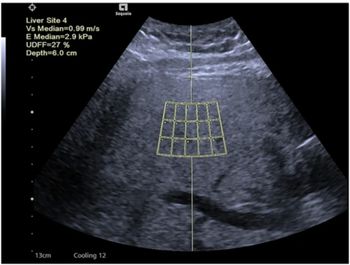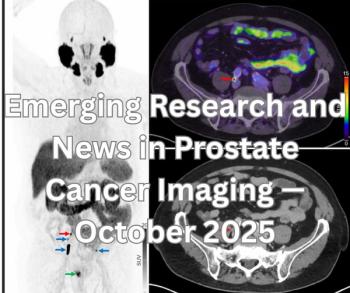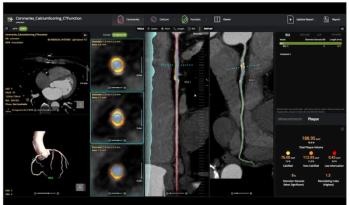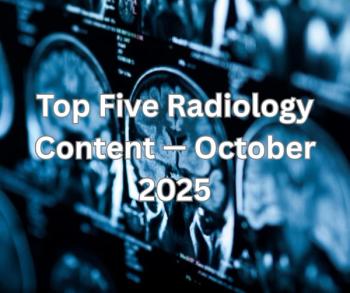
ECR boosts development of cardiovascular imaging
Being a specialist in cardiovascular imaging, I have followed the development of cardiac topics at the ECR since 1991. Tremendous changes have occurred over this period.
Being a specialist in cardiovascular imaging, I have followed the development of cardiac topics at the ECR since 1991. Tremendous changes have occurred over this period.
First, the quality of presentations at the ECR is continuously improving. It looks like many European researchers are no longer saving their newest and best papers for the RSNA meeting but are eager to present them in Vienna. This trend became obvious in 2000. I think that it could be explained partially by activities of the European Society of Cardiac Radiology, an ECR subsociety.
Subspecialty societies can play an important role in major international and European congresses. The creation of the ESCR in 1999 by a group of specialists in cardiac imaging, headed by Prof. Rainer Rienmuller, contributed a great deal to further improvements in cardiac educational and scientific sessions at the ECR. Several members of the ESCR Executive Committee, together with its president Prof. Matthjis Oudkerk, were assigned as members and chair of the ECR cardiac subcommittee. Cooperation between the ECR and ESCR continues to evolve, bringing fruitful results for both societies.
Changes in the topics of presentations in the cardiac field are spectacular. For many years, for example, MRI was considered definitely superior to CT in cardiac studies. The rise of multislice CT has brought outstanding results in noninvasive coronary imaging, and since ECR 2002, more and more presentations on cardiac CT have concentrated on assessment of myocardial function and morphology.
Cardiac CT has entered into myocardial imaging, an area recently dominated by nuclear medicine and MRI. Even cardiac valves can be successfully imaged today with MSCT. Progress in cardiac MRI also is speeding up, and the clinical usage of CT and MRI is competitive as never before.
Another vivid impression from recent congresses is the presentation of cardiac posters, made in the framework of the EPOS (electronic presentation online system) project. Cardiac topics benefited tremendously from the possibilities provided by modern Internet and computer technologies. Most of cardiovascular posters contain movies and 3D reconstructions, which make them more informative.
Cardiac radiology is not yet the largest topic of the ECR, but it is one of the most popular, with one of the fastest and biggest increases in number of submitted papers. According to evaluation of scientific program of ECR 2004, attendance at cardiac sessions saw 74% growth!
The amazing developments in CT and MRI technology have helped bring cardiac imaging to radiologists. The ECR helps us to gain necessary education and expertise in this important, intriguing field.
Newsletter
Stay at the forefront of radiology with the Diagnostic Imaging newsletter, delivering the latest news, clinical insights, and imaging advancements for today’s radiologists.






























